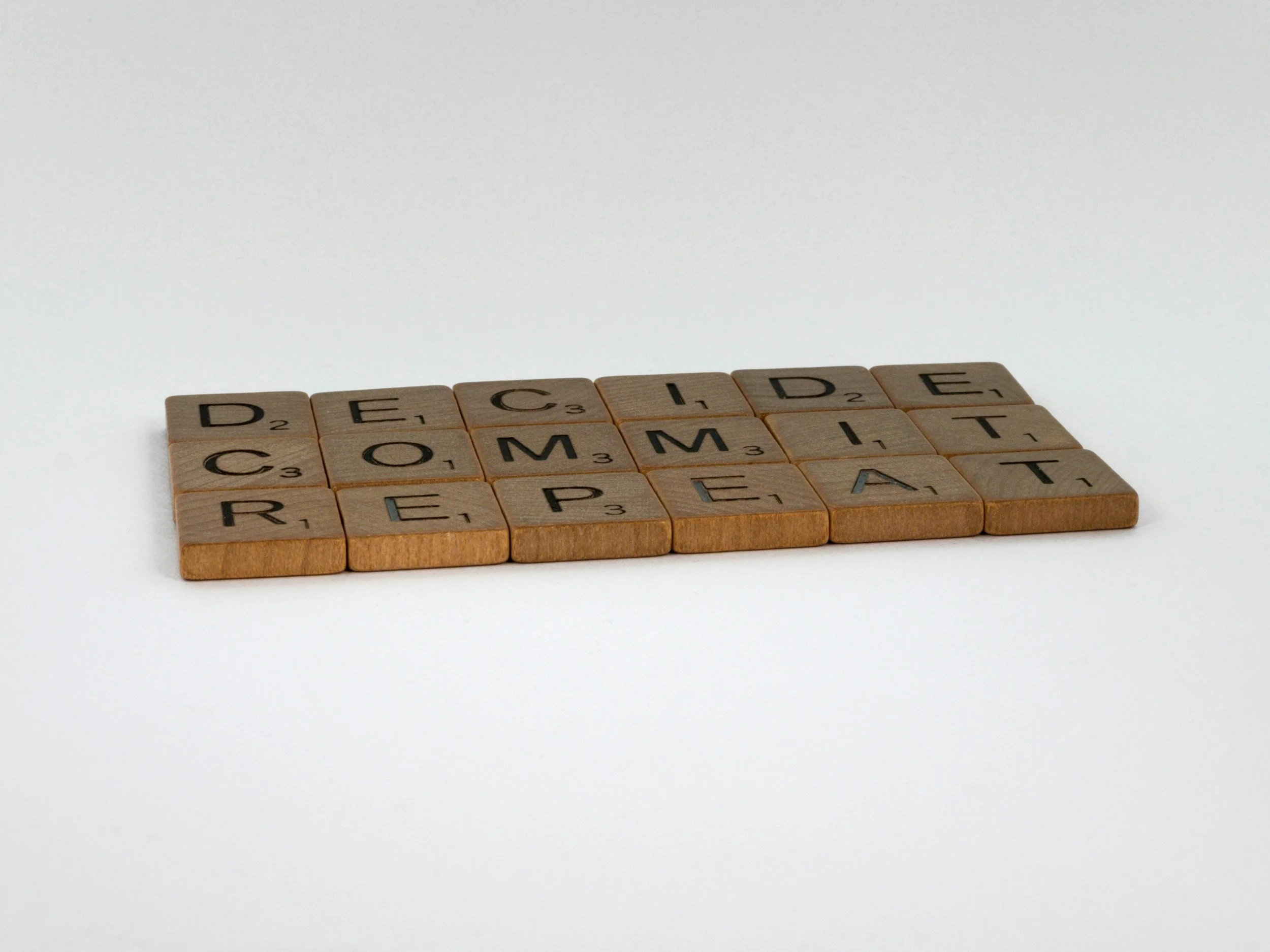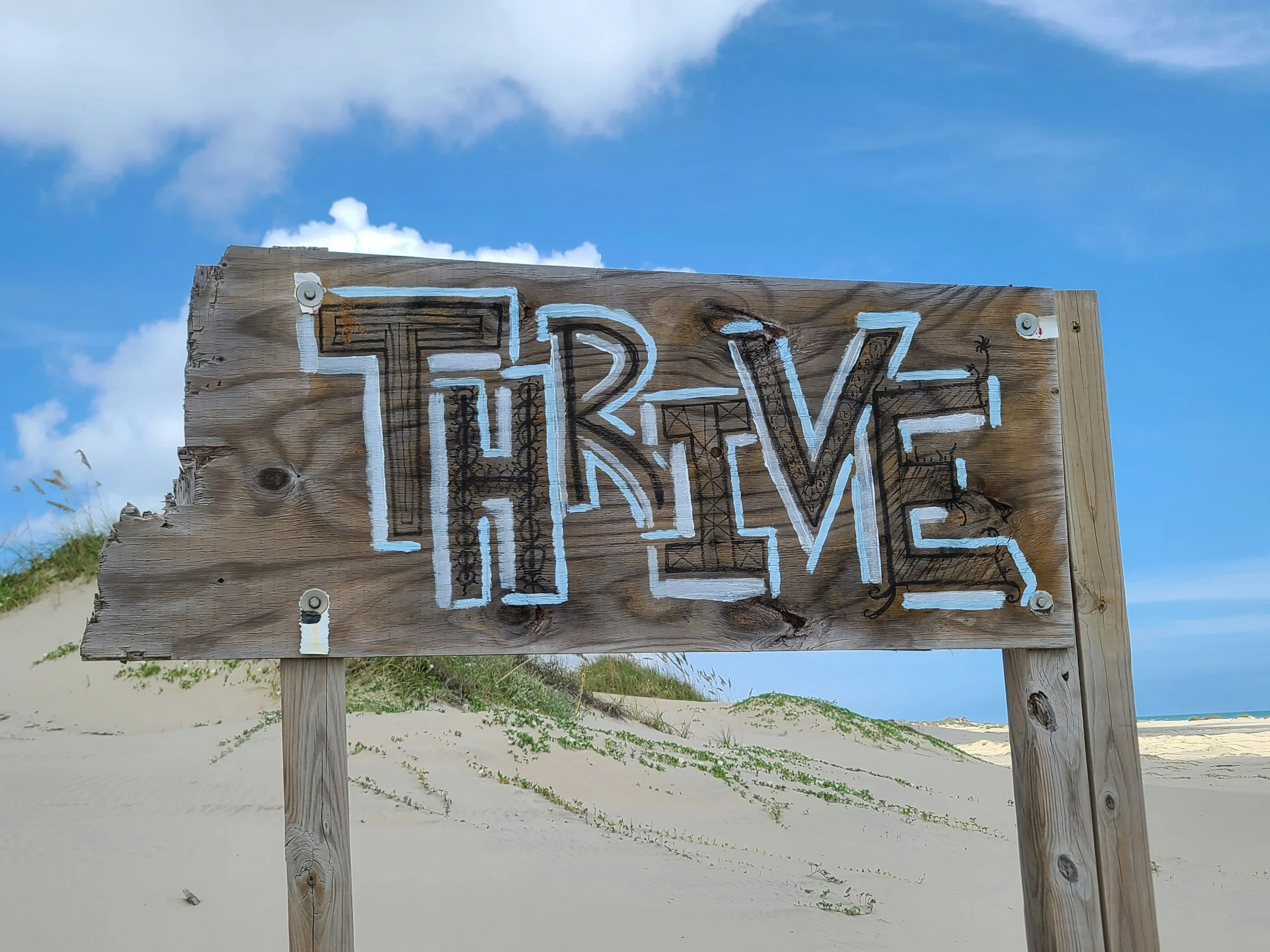Transforming My Teaching Style: Intentionally Shifting Gears
Published 6 November 2024
(In Ep #0 of the Professionall Pathways Podcast | Cal’s Journey into Teacher Education)
“Looking back on those first 5 years of my teaching career, I think my practice has changed in that I’m a more well-rounded teacher now. At first, I was more like a friend in the classroom who was just excited to share the knowledge. And now, I think my practice has changed now in that I’m more strategic at switching gears in class, going from sharing the knowledge to assessing my students’ understanding of the knowledge. I feel like I was more one-dimensional teacher earlier on .Though I still had fun in my classroom, I think nowadays––I still have fun––but I feel like I’m making more of an impact in my students’ learning by being more intentional with how I go about the teaching I’m doing.”
Teaching is often likened to a journey, but it’s not just about getting from point A to point B. It’s about knowing when to shift gears—–moving from simply delivering knowledge to strategically engaging students in critical thinking and problem-solving. A skilled teacher, much like an adept driver, adjusts their approach to match the terrain, ensuring the ride is both challenging and rewarding for their students.
The Art of Shifting Gears
In every classroom, there are moments when simply imparting knowledge isn’t enough. These are the moments to shift gears, transitioning from teacher-as-lecturer to teacher-as-facilitator. John Dewey, an educational reformer active in the early twentieth century, captured this idea well when he said, “Education is not preparation for life; education is life itself” (1916). This shift is about encouraging students to apply what they’ve learned to real-world scenarios, fostering deeper understanding and critical thought.
Strategic Engagement of Application
Consider a history teacher discussing the causes of the Civil Rights Movement. At first, the focus might be on providing foundational knowledge—–key events, figures, and laws. But to truly engage students, the teacher shifts gears, presenting an open-ended question like, “How might the strategies used in the Civil Rights Movement inform social justice efforts today?”
This shift encourages students to analyze, compare, and synthesize information, moving beyond memorization to active engagement. Such an approach transforms history lessons into opportunities for critical thinking and personal connection.
Culturally Responsive Science Teaching
In her science class, educator Zaretta Hammond emphasizes the importance of connecting classroom learning to students’ lived experiences. She noticed disengaged students during a unit on environmental sustainability. Reflecting on their backgrounds and urban location, this educator shifted gears to redesign the unit to focus on their own local challenges like air quality and urban gardening.
This approach tapped into her students’ own lived experiences, sparking discussions and problem-solving activities that were both relevant and intellectually stimulating. She explains, “When teachers design learning experiences that draw on students’ cultural knowledge, they activate students’ cognitive capacity and create a bridge to rigorous content” (Hammond, 2015).
This approach, often referred to as culturally responsive teaching, helps students see themselves in the curriculum, creating a deeper connection to the material.
Strategies for Shifting Gears
Know When to Transition: Recognize when students have mastered foundational knowledge and are ready to apply it. Look for cues like engagement levels, participation, and readiness for more complex tasks.
Pose Thoughtful Questions: Use open-ended questions to challenge students’ assumptions and encourage exploration. For example, in math, ask, “What might happen if we change one variable in this equation?”
Encourage Active Learning: Incorporate strategies like debates, group projects, or problem-based learning to involve students in the material. These methods require critical thinking and collaboration.
Reflect and Adapt: Just as a driver assesses the road ahead, a teacher must reflect on what’s working in the classroom and adjust as needed. Soliciting student feedback can provide valuable insights.
Model Critical Thinking: Demonstrate how to analyze and question information. When students see their teacher wrestling with a problem or explaining their reasoning, they’re more likely to adopt those skills themselves.
The Journey Ahead
Shifting gears from knowledge delivery to strategic engagement isn’t always easy, but it’s essential for fostering meaningful learning. As Carol Ann Tomlinson reminds us, “Effective teachers are those who can engage students’ hearts and minds in the work of learning” (Tomlinson, 2001).
By embracing this dynamic approach, teachers empower students to think critically, solve problems, and connect classroom concepts to the world around them. Like a driver navigating varied terrain, the best teachers know when to accelerate, when to brake, and when to change course entirely.
When educators master the art of shifting gears, they create classrooms that are more than just places of instruction—–they become spaces of inspiration and growth.
Discussion Question
What is a common red flag you experience in your classroom that signals to you that you may need to shift gears mid-lesson?
Related Posts
-
Dewey, J. (1916). Democracy and education: An introduction to the philosophy of education. Macmillan.
Hammond, Z. (2015). Culturally responsive teaching and the brain: Promoting authentic engagement and rigor among culturally and linguistically diverse students. Corwin.
Tomlinson, C. A. (2001). How to differentiate instruction in mixed-ability classrooms. ASCD.




